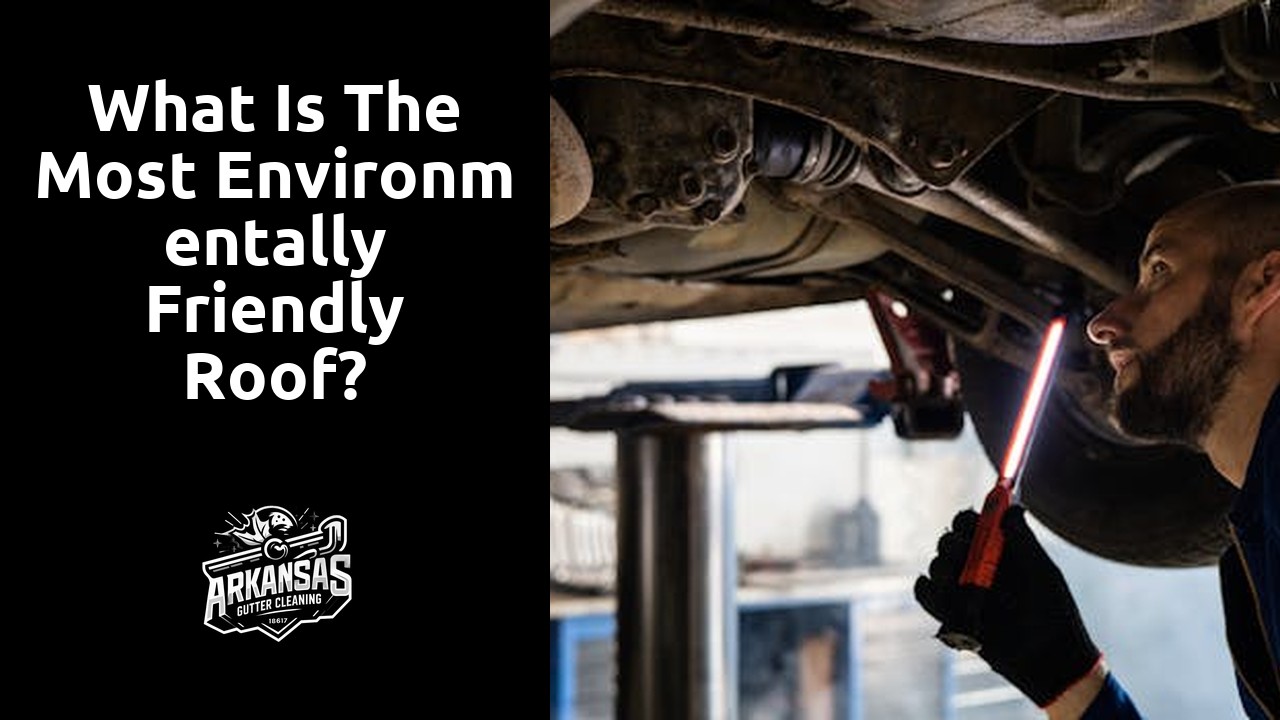Table Of Contents
CostEffective Green Roofing Solutions
When considering green roofing solutions that are cost-effective, one option to explore is cool roofs. These roofs are designed to reflect sunlight and heat away from the building, reducing the need for air conditioning and lowering energy costs. Cool roofs can be painted with reflective coatings or made from materials like metal, clay, or concrete tiles, offering both environmental benefits and financial savings for homeowners and businesses.
Another affordable and eco-friendly roofing solution is the use of recycled materials. This can include materials such as recycled rubber shingles, which are made from old tires, or recycled metal roofing, which can be a durable and sustainable option. By choosing recycled materials for your roof, you not only reduce waste but also contribute to the conservation of natural resources.
Tax Credits and Incentives
Homeowners looking to invest in environmentally friendly roofing solutions should explore the various tax credits and incentives available to them. These financial benefits can significantly offset the initial costs associated with green roofing and make sustainable options more accessible to a wider range of individuals. By taking advantage of these programs, homeowners can not only contribute to a healthier environment but also enjoy potential savings in the form of reduced taxes and increased property values.
Many federal and state governments offer tax credits and incentives for eco-friendly home improvements, including the installation of energy-efficient roofs. These incentives serve as a way to encourage sustainable practices and help mitigate the environmental impact of traditional roofing materials. In some cases, these programs can cover a significant portion of the expenses related to green roofing projects, making them a cost-effective choice for environmentally conscious homeowners.
Maintenance Tips for Sustainable Roofing
When it comes to maintaining a sustainable roof, regular inspections play a critical role in ensuring its longevity and eco-friendliness. It is recommended to conduct thorough inspections at least twice a year, ideally in the spring and fall, to check for any signs of damage or wear. By identifying and addressing issues promptly, you can prevent minor problems from escalating into major repairs that can be costly and harmful to the environment.
Apart from inspections, it is essential to schedule routine cleanings for your sustainable roof. Keeping the roof clear of debris, such as leaves, branches, and dirt, not only improves its aesthetics but also prevents water pooling and potential damage. Depending on the type of roofing material you have, you may need to use specific cleaning methods to ensure that the roof remains in optimal condition without causing harm to the environment.
Regular Inspections and Repairs
Regular inspections and timely repairs are crucial for maintaining the integrity and longevity of a sustainable roof. Inspections should be conducted at least twice a year, ideally in the spring and fall, to assess any potential issues such as leaks, damage, or debris build-up. Repairing small problems promptly can prevent them from escalating into larger, more costly issues down the line.
During inspections, it is essential to check for signs of wear and tear, such as cracks, loose shingles, or gaps in the roof. Additionally, inspect the drainage system to ensure water is properly flowing off the roof and away from the building. Addressing any issues found during inspections promptly and efficiently will not only prolong the lifespan of the roof but also contribute to the overall sustainability of the building.
Environmental Impact of Traditional Roofing Materials
Traditional roofing materials such as asphalt shingles, concrete tiles, and metal sheets have a significant environmental impact. The production of asphalt shingles, for example, contributes to air pollution and consumes large amounts of energy. Additionally, these materials often end up in landfills at the end of their lifespan, further adding to environmental degradation.
Concrete tiles, on the other hand, require a substantial amount of raw materials, including sand, cement, and water, which can deplete natural resources and contribute to greenhouse gas emissions during the manufacturing process. Metal roofing materials, while durable and long-lasting, can also be energy-intensive to produce and may not be easily recyclable at the end of their life cycle. Overall, the environmental impact of traditional roofing materials underscores the importance of exploring more sustainable alternatives for roofing solutions.
Landfill Contribution
Landfill contribution due to roofing materials is a significant concern for environmentalists and policymakers alike. Traditional roofing materials like asphalt shingles, which are non-biodegradable, often end up in landfills after their useful life is over. This accumulation of roofing waste not only occupies valuable landfill space but also poses a threat to the environment due to the slow decomposition rate of these materials. As a result, the need for sustainable roofing options that reduce landfill contribution has become more crucial than ever.
By opting for environmentally friendly roofing materials such as metal, clay tiles, or recycled shingles, homeowners can significantly reduce the amount of roofing waste ending up in landfills. These sustainable alternatives not only have longer lifespans but are also often recyclable at the end of their useful life. Choosing such eco-friendly roofing materials can not only help in minimising landfill contribution but also contribute to a healthier environment for present and future generations.
FAQS
What is an environmentally friendly roof?
An environmentally friendly roof is a roofing system that minimizes negative impacts on the environment by using sustainable materials, reducing energy consumption, and promoting eco-friendly practices.
What are some examples of environmentally friendly roofing materials?
Some examples of environmentally friendly roofing materials include solar panels, metal roofs, cool roofs, green roofs, and recycled shingles.
How can I make my roof more environmentally friendly?
You can make your roof more environmentally friendly by choosing sustainable roofing materials, installing energy-efficient insulation, utilizing rainwater harvesting systems, and implementing proper maintenance and repair practices.
Are there any financial incentives for installing an environmentally friendly roof?
Yes, there are financial incentives available for installing environmentally friendly roofs, such as tax credits, rebates, and grants to encourage homeowners and businesses to adopt sustainable roofing practices.
What is the environmental impact of traditional roofing materials?
Traditional roofing materials, such as asphalt shingles and concrete tiles, have a negative environmental impact due to their production process, high energy consumption, and contribution to landfill waste.

